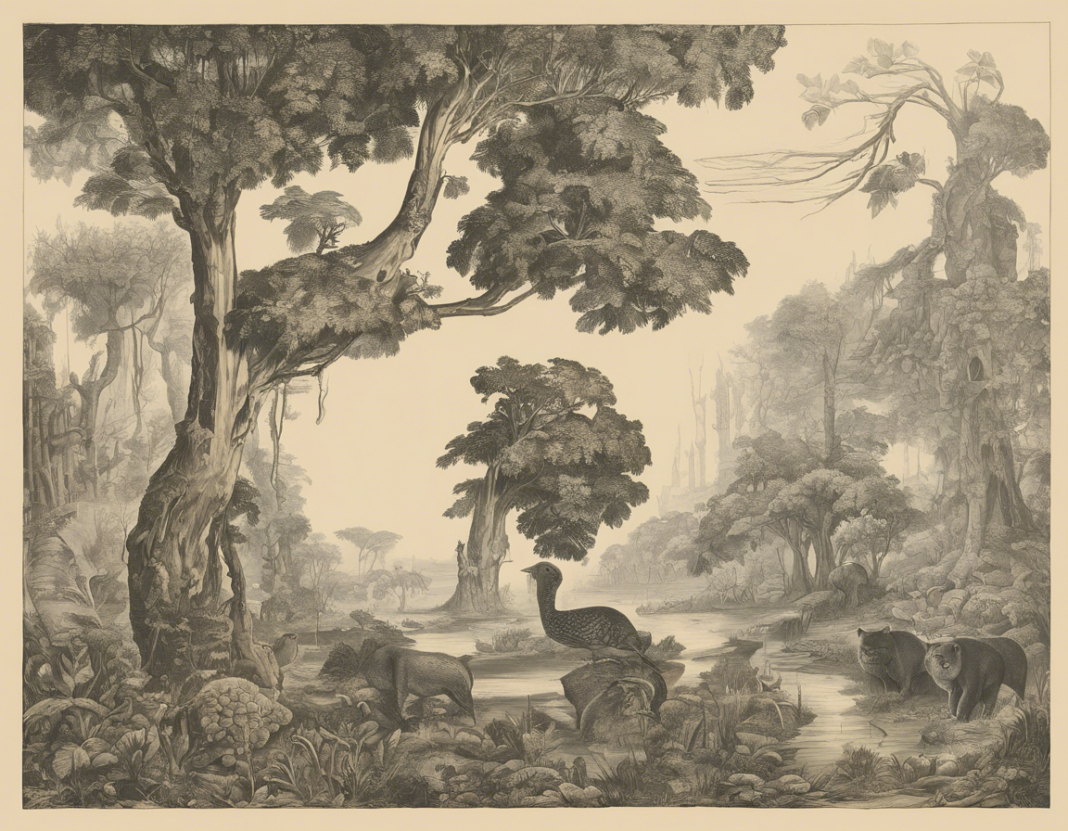Biodiversity reserves play a crucial role in conserving the planet’s rich tapestry of life. By protecting and preserving diverse ecosystems, these reserves help maintain the balance of our environment and safeguard numerous plant and animal species. In this article, we will delve into two remarkable examples of biodiversity reserves – the Great Barrier Reef Marine Park and Yellowstone National Park – to understand their significance, challenges, and conservation efforts.
Great Barrier Reef Marine Park
Location and Background:
The Great Barrier Reef Marine Park is located off the coast of Queensland, Australia, and is the world’s largest coral reef system. Stretching over 2,300 kilometers, it is home to a stunning array of marine life, including corals, fish, sharks, rays, and marine mammals.
Importance of Biodiversity:
The Great Barrier Reef is not only a UNESCO World Heritage site but also a critical habitat for thousands of species. It serves as a breeding ground for marine life and supports the livelihoods of coastal communities through fishing and tourism.
Challenges and Threats:
Despite its ecological importance, the Great Barrier Reef faces numerous threats, including climate change, coral bleaching, pollution, overfishing, and coastal development. These factors have led to a decline in coral cover and biodiversity within the marine park.
Conservation Efforts:
To address these challenges, various conservation measures have been implemented, such as marine park zoning, limiting fishing activities, reducing pollution runoff, and monitoring coral health. Additionally, research and public awareness campaigns are vital in promoting the protection of this fragile ecosystem.
Yellowstone National Park
Location and Background:
Yellowstone National Park, located primarily in the U.S. state of Wyoming, is the first national park in the world. Established in 1872, it spans over 8,983 square kilometers and is renowned for its geothermal features, wildlife, and diverse ecosystems.
Importance of Biodiversity:
Yellowstone is a biodiversity hotspot, housing a wide range of flora and fauna, including iconic species such as grizzly bears, wolves, elk, and bison. Its geothermal features, such as geysers and hot springs, add to its unique ecological significance.
Challenges and Threats:
Like many other conservation areas, Yellowstone faces challenges such as habitat fragmentation, invasive species, climate change, and human-wildlife conflicts. Balancing the needs of wildlife, visitors, and local communities is a complex task for park management.
Conservation Efforts:
Yellowstone has implemented various conservation programs to protect its biodiversity, including wildlife monitoring, habitat restoration, reintroduction of native species, and sustainable tourism practices. Collaboration with neighboring landowners and stakeholders is crucial for the park’s long-term sustainability.
Key Takeaways
-
Importance of Protection: Biodiversity reserves like the Great Barrier Reef Marine Park and Yellowstone National Park are essential for conserving ecosystems, species, and ecological processes.
-
Conservation Challenges: These reserves face a range of threats, from climate change and habitat loss to invasive species and human activities, necessitating robust conservation efforts.
-
Sustainable Management: Effective conservation requires a combination of scientific research, community engagement, policy interventions, and sustainable practices to ensure the long-term health of these vital habitats.
Frequently Asked Questions (FAQs)
1. Why are biodiversity reserves important?
Biodiversity reserves preserve unique ecosystems, protect endangered species, maintain ecological balance, support scientific research, and provide recreational and educational opportunities for people.
2. How do biodiversity reserves help combat climate change?
By sequestering carbon, conserving forests, and preserving natural habitats, biodiversity reserves play a crucial role in mitigating climate change and its impacts on the environment.
3. What are some common threats to biodiversity reserves?
Major threats include habitat destruction, deforestation, pollution, climate change, invasive species, overexploitation of resources, and human encroachment.
4. How can individuals support biodiversity conservation in their everyday lives?
Individuals can contribute by reducing their carbon footprint, supporting sustainable products, practicing responsible tourism, conserving water and energy, and advocating for wildlife protection.
5. How do biodiversity reserves benefit local communities?
Biodiversity reserves can provide economic opportunities through ecotourism, sustainable resource management, research partnerships, and environmental education, enhancing the well-being of local residents.
In conclusion, biodiversity reserves are crucial for preserving the planet’s natural heritage and fostering sustainable coexistence between humans and wildlife. By studying and protecting iconic reserves like the Great Barrier Reef Marine Park and Yellowstone National Park, we can learn valuable lessons in conservation and inspire global efforts to safeguard biodiversity for future generations.

